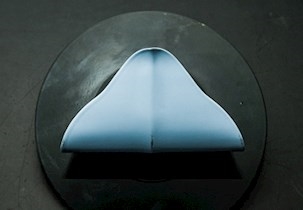Radio Requirements and EU Commission - a status of RED, EMCD and LVD
Although the EMC and Radio Directives (EMCD and RED) are from 2014, they are still not fully implemented. There are several challenges to getting the harmonised standards ready, but the EU Commission is working on it.
Since the new EMC and radio directives (EMCD and RED) are from 2014, one should think that they had long been implemented and fully rolled out long ago. But this is only a partial truth, because there have been many obstacles on the road, especially in terms of getting the harmonised standards ready.
Up until 2014, the lists of harmonised radio and EMC standards were fairly complete and up-to-date, but when the new directives were introduced, the standards were not ready for RED.
For many months following the 2014 release, the Official Journal referenced the old R&TTE directive from 1999, and in the period that followed, new standards were added to the list very slowly. The process of getting the harmonised standards ready is still not completed, which is a problem for the producers.
The lack of standards puts the industry in a difficult position when making decisions about documentation. In many cases, the only possibility for product approval goes through a Notified Body, which can approve the manufacturer's documentation. Today, manufacturers and Notified Bodies still have a major task in compiling documentation for compliance with the directives.
But why are the harmonised standards still not in place? Reasons for the slow growth in harmonised standards can be found in the European Commission's own workflows and their desire to dispose of the 80/80 rule and to tighten up the performance criteria for products being tested.
In the attached article you can read more about the challenges for implementing RED, EMCD and LVD, and what the EU Commission is doing to solve it.

